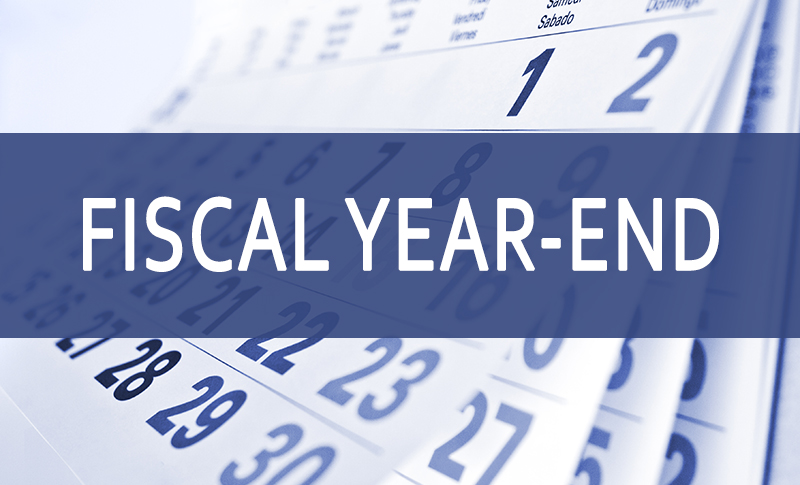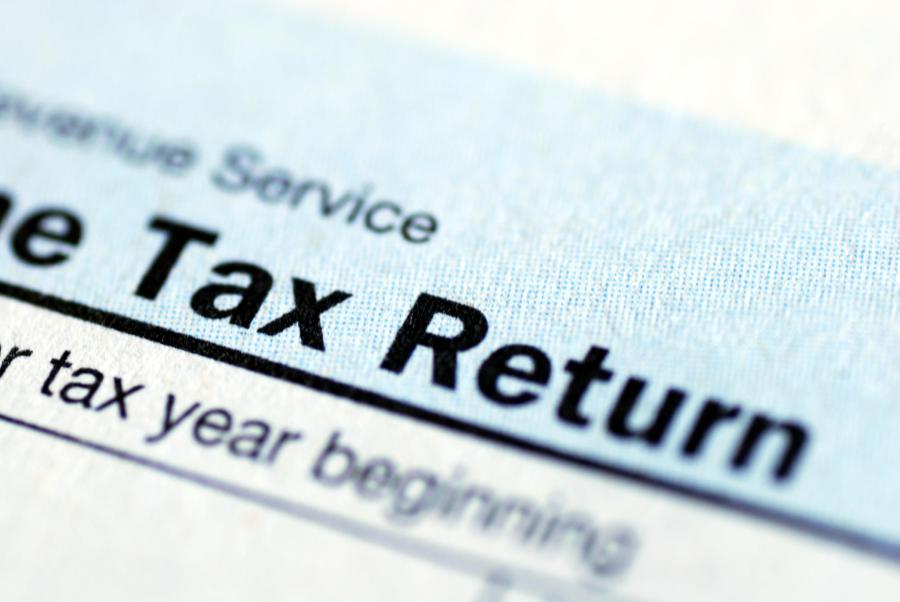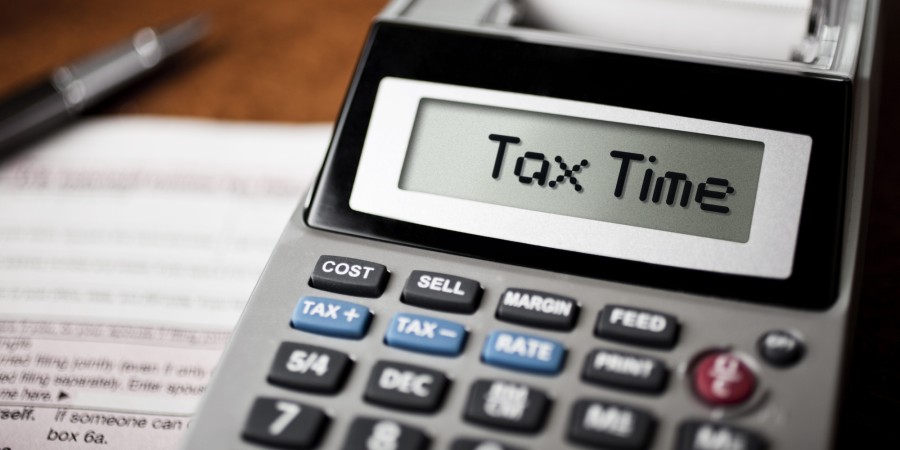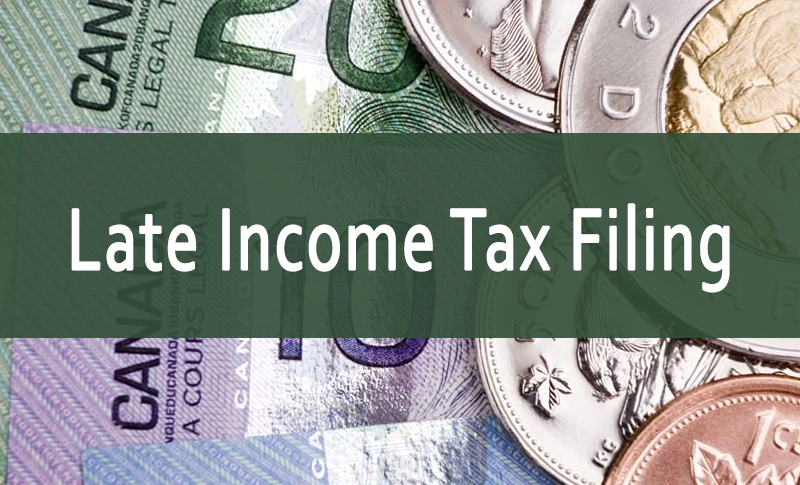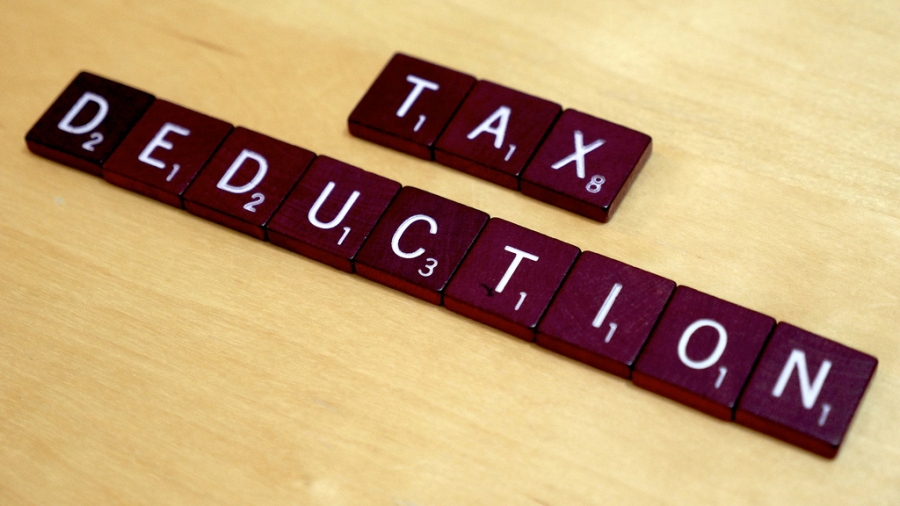Planning for – or even thinking about – 2017 taxes before the New Year may seem more than a little premature. However, most Canadians will start paying their taxes for 2017 with the first paycheque they receive in January, and it is worth taking a bit of time to make sure that things start off – and stay – on the right foot.
For most Canadians, (certainly for the vast majority who earn their income from employment), income tax, along with other statutory deductions like Canada Pension Plan contributions and Employment Insurance premiums, are paid periodically throughout the year by means of deductions taken from each paycheque received, with those deductions then remitted to the Canada Revenue Agency (CRA) on the taxpayer’s behalf by his or her employer.
Of course, each taxpayer’s situation is unique and so the employer has to have some guidance as to how much to deduct and remit on behalf of each employee. That guidance is provided by the employee/taxpayer in the form of TD1 forms which are completed and signed by each employee, sometimes at the start of each year, but certainly at the time employment commences. Each employee must, in fact, complete two TD1 forms – one for federal tax purposes and the other for provincial tax imposed by the province in which the taxpayer lives. Federal and provincial TD1 forms for 2017 (which will be released before the end of the year and will be available on the Forms and Publications page of the CRA’s website at www.cra-arc.gc.ca/formspubs/menu-eng.html) list the most common statutory credits claimed by taxpayers, including the basic personal credit, the spousal credit amount, and the age amount. Adding amounts claimed on each form gives the Total Claim Amounts (one federal, one provincial) which the employer then uses to determine, based on tables issued by the CRA, the amount of income tax which should be deducted (or withheld) from each of the employee’s paycheques and remitted on his or her behalf to the government.
While the TD1 completed by the employee at the time employment will have accurately reflected the credits claimable by the employee at that time, everyone’s circumstances change. Where a baby is born, or a son or daughter starts post-secondary education, or an elderly parent comes to live with his or her children, the affected taxpayer will be become eligible to claim tax credits not previously available. And, since the employer can only calculate source deductions based on information provided to it by the employee, those new credit claims won’t be reflected in the amounts deducted at source from the employee’s paycheque.
Consequently, it is a good idea for all employees to review the TD1 form prior to the start of each taxation year and to make any changes needed to ensure that a claim is made for any and all credit amounts currently available to him or her. Doing so will ensure that the correct amount of tax is deducted at source throughout the year.
Where the taxpayer has available deductions which cannot be recorded on the TD1 (e.g., RRSP contributions, deductible support payments, or child care expenses), it makes things a little more complicated, but it’s still possible to have source deductions adjusted to accurately reflect the employee’s tax liability for 2017. The way to do so is to file Form T1213, Request to Reduce Tax Deductions at Source (available on the CRA website at www.cra-arc.gc.ca/E/pbg/tf/t1213/t1213-16e.pdf) with the Agency. Once that form is filed with the CRA, the Agency will, after verifying that the claims made are accurate, provide the employer with a Letter of Authority authorizing that employer to reduce the amount of tax being withheld at source.
Of course, as with all things bureaucratic, having one’s source deductions reduced by filing a T1213 takes time. Consequently, the sooner a T1213 for 2017 is filed with the CRA, the sooner source deductions can be adjusted, effective for all paycheques subsequently issued in that year. Providing an employer with an updated TD1 for 2017 at the same time will ensure that source deductions made during 2017 will accurately reflect all of the employee’s current circumstances, and consequently his or her actual tax liability for the year.
The information presented is only of a general nature, may omit many details and special rules, is current only as of its published date, and accordingly cannot be regarded as legal or tax advice. Please contact our office for more information on this subject and how it pertains to your specific tax or financial situation.

